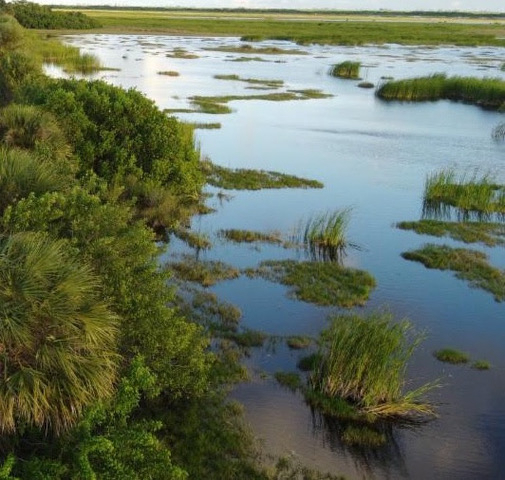Supreme Court Rules Against Corps of Engineers Rulings
News of the latest Supreme Court of the United States ruling regarding the Corps of Engineer’s very-controversial attempt to regulate “waters of the US’ hasn’t reached everyone -yet- but those who have seen the latest ruling are applauding the SCOTUS decision.
Yesterday, the nation’s highest court ruled that landowners may challenge the federal government whenever the Corps attempts to improperly regulate land use with regulations designed to protect water.
The decisions had been couched as “wetlands protections” but farmers and other landowners have argued- unsuccessfully to this point- that the Corps of Engineers was really only seeking to federalize land where they should have no authority.
Landowners have, in many instances, tried to challenge the Corps of Engineer rulings -known as “jurisdictional determinations” – but the government has, until this point, argued that their determinations were not “final agency actions” and lawsuits were dismissed.
The long and short of the SCOTUS ruling is that when the court asserts jurisdiction over low spots that look more like land than water, they will do so knowing they can be challenged in court.
“Today’s decision removes a huge roadblock that has prevented landowners from obtaining relief from the courts when the Corps illegally claims their land is federally regulated water,” says American Farm Bureau Federation President Zippy Duvall said. “Now, farmers and ranchers can have their day in court when the government tells them they cannot plow a field or improve a ditch without a federal permit.”
Yesterday’s ruling builds on the Sackett v. EPA ruling and recognizes that once the Corps finds that a landscape feature is “water of the United States” there are immediate- and occasionally, dire- consequences to the landowner.
If you’re a farmer, for example, and have runoff from your adjacent land, you could be charged with “unlawful discharge” and find yourself subject to civil actions of up to $37,500 per discharge/per day or, even more significant criminal penalties.
Even worse, a landowner could spend hundreds of thousands of dollars seeking Federal Clean Water Act permits over the course of several years only to have had the permit denied.
The Supreme Court ruling is far from a reversal of yet another over-reaching federal attempt to take over privately-owned land, but it’s a start in the right direction. Once these “jurisdictional determinations” find their way into the courts, it seems those once crystal-clear determinations become a bit more difficult to defend.
That, however, doesn’t mean the Supreme Court has clarified the matter. While all eight justices agreed on the outcome of the case of U.S. Army Corps of Engineers versus Hawkes Co., they wrote four separate- and differing- opinions as to just what delineates which streams and wetlands on a property are subject to Clean Water Act permitting requirements.
You can read the opinion here: http://www.supremecourt.gov/opinions/15pdf/15-290_6k37.pdf






